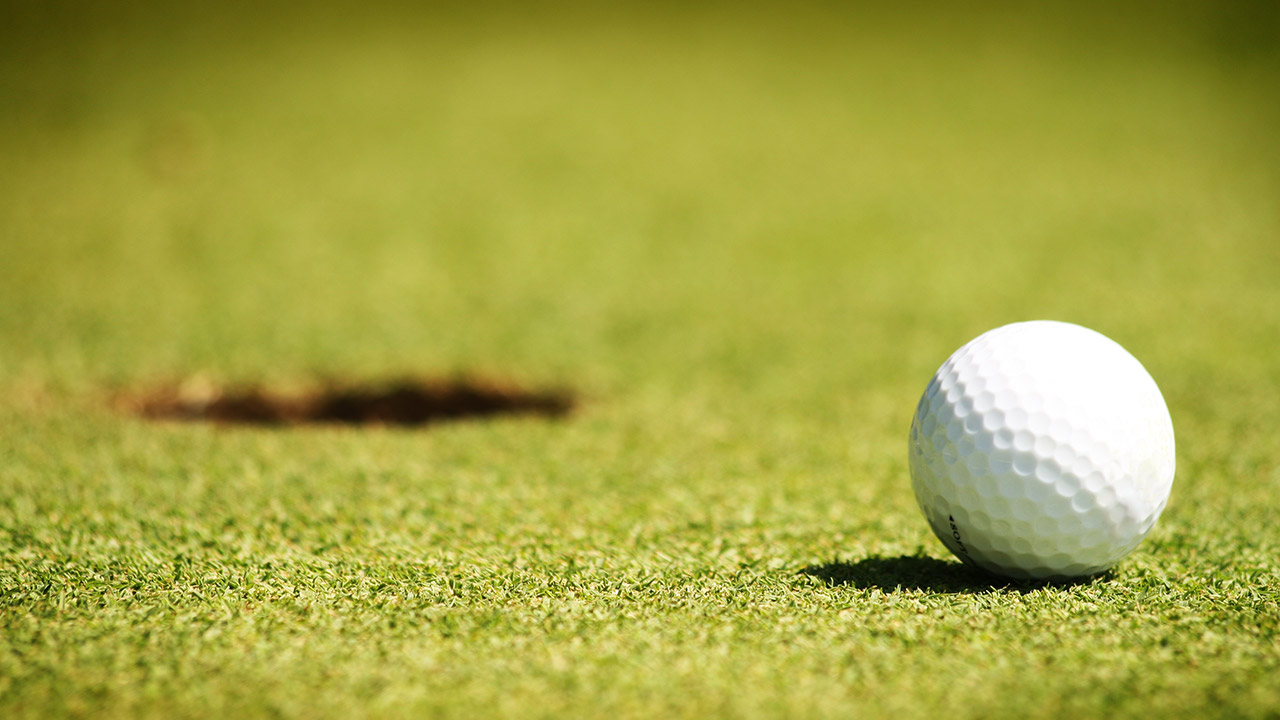What You Need to Know About Buying a Home on a Golf Course

Most people would automatically assume that a home located directly on a golf course would be worth much more than a similar home on a block that isn’t, and they’d be right most of the time. The idea of having crisp, clear views of pristine, meticulously maintained greenery is often enough to prompt buyers to up the ante in terms of offer prices.
While having a golf course as a backyard certainly has its obvious perks, there are other things to know about buying a home that backs onto this type of land. Considering the magnitude of such an investment, it’s critical to consider the advantages and disadvantages of living on a golf course.
Here are some things to keep in mind before buying a home with this type of landscape.
There Are Specific Deed Restrictions to Adhere to
Homes that are located within a golf course community are nearly always subject to deed restrictions. That’s because the majority of the neighborhoods are regulated by a homeowners’ association (HOA) that oversees certain aspects of home maintenance and modifications.
For instance, you might be limited in the type of colors you choose for your exterior walls or doors. You may also be restricted on the types of landscaping designs you implement. For instance, only a certain tree density may be allowed, and the lawn must be kept in optimal condition as it is seen as an extension of the golf course grounds to some degree.
Being a part of an HOA also means you may be obligated to cover monthly, quarterly, or annual fees to cover the cost of maintaining the course and its surroundings. But that also means that you’re pretty much guaranteed that your neighborhood will be properly maintained, which not only ensures that the aesthetics are kept up with, but that property values will remain high, too.
Groundskeepers Maintain the Grounds Early, and Often
No other grounds are as regularly and well maintained as golf courses. Each and every morning, groundskeepers are out manicuring the course to ensure that the grass, bushes, trees, and other components of the course are in tip-top condition.
But that means all the noise they might make with their equipment could prove to be bothersome, depending on how close you are to the greens and tee-off boxes. And if you’re one to sleep in, the headlights from golf carts being driven around in the wee hours of the morning could be an unpleasant wake-up call.
This can be avoided by purchasing a home that’s located along the fairway rather than the holes and tee boxes, as these spots tend not to see as much action. You can also choose a home whereby the master bedroom is not directly facing the course, if possible. Last but not least, blackout curtains can go a long way at filtering out noise and glare.
Stray Golf Balls Are Common
It’s not unheard of for homeowners who live on golf courses to find a bunch of balls in their backyard after a busy day out on the course. Worse, these stray balls could cause damage to your windows, and even put you and your family at risk of being hit while you’re outside enjoying your backyard. However, the exact location and positioning if your home will determine the likelihood of such occurrences.
For instance, homes that are located behind tee-boxes have a much lower chance of being vulnerable to stray golf shots. On the other hand, a home that’s located along the fairway of a long hole will have a much higher chance of being struck by a golf ball.
Not surprisingly, considering the location and position of a home on a golf course is imperative before buying.
You Can’t Use the Grounds For Your Own Purposes
Just because your home is located in a golf course community doesn’t give you free reign to use the grounds as you see fit. People pay for tee times and memberships in order to enjoy a game, and they don’t want to be interrupted by people who might be taking their dog for a walk or letting their kids play.
For example, many courses place restrictions on where people are allowed to walk and bike. Before buying, it’s important for you to find out what type of non-golf recreational activities you can participate in on the course first.
Privacy May Be Non-Existent
Golf course living might be perfect for those who enjoy being surrounded by scrupulously maintained greenery, but if privacy is on your list of wants, buying a home on a golf course might not be the best option. Of all the negatives of living on a golf course, lack of privacy is one of the biggest if the house backs directly onto it. This is especially true during peak golf season when there’s a constant stream of golfers making their way along the course throughout the day.
One way to rectify this issue is by investing in some privacy landscaping that can control how much of your yard is hidden. Of course, the landscaping design will first have to be approved by the HOA before any planting can take place.
The Bottom Line
Buying a home on a golf course can certainly bring you a great amount of enjoyment. And if you’re an avid golfer, having the course a stone’s throw way from your home can be super convenient for you. But along with the gorgeous green settings, there are also some potential drawbacks that need to be considered before you invest your capital into a home on a golf course.



